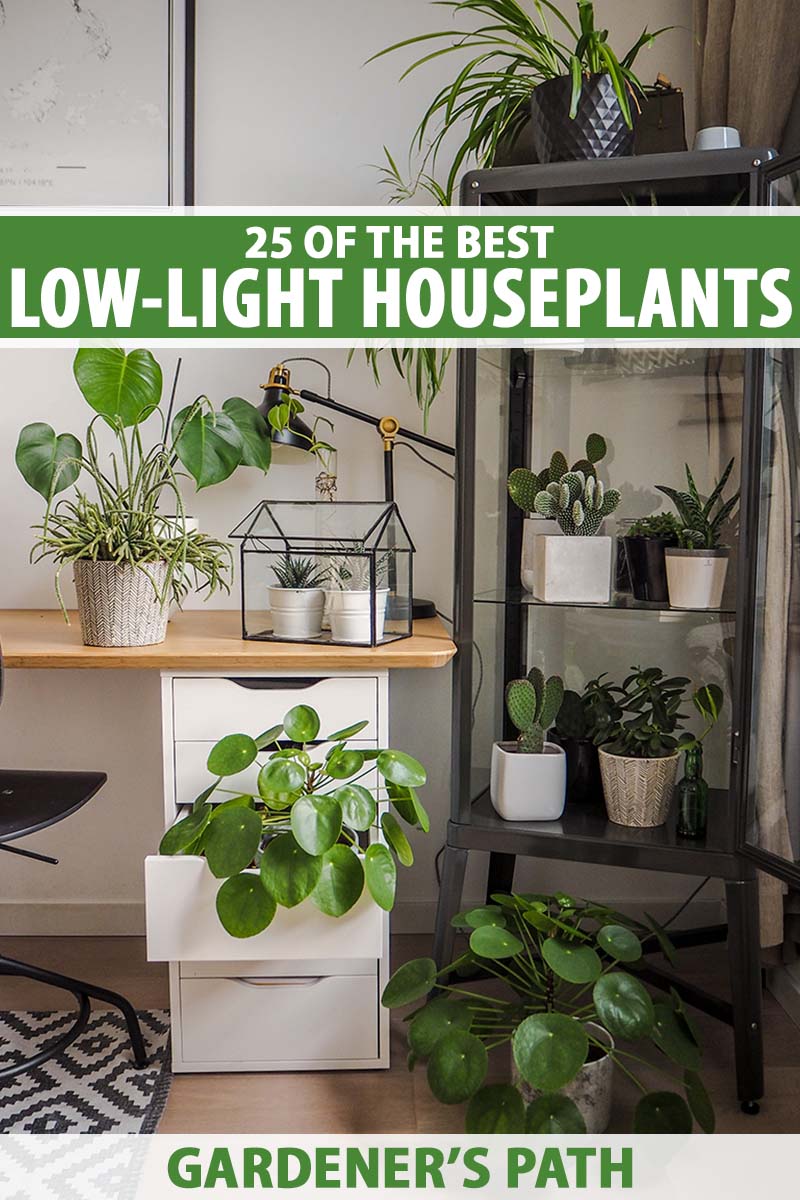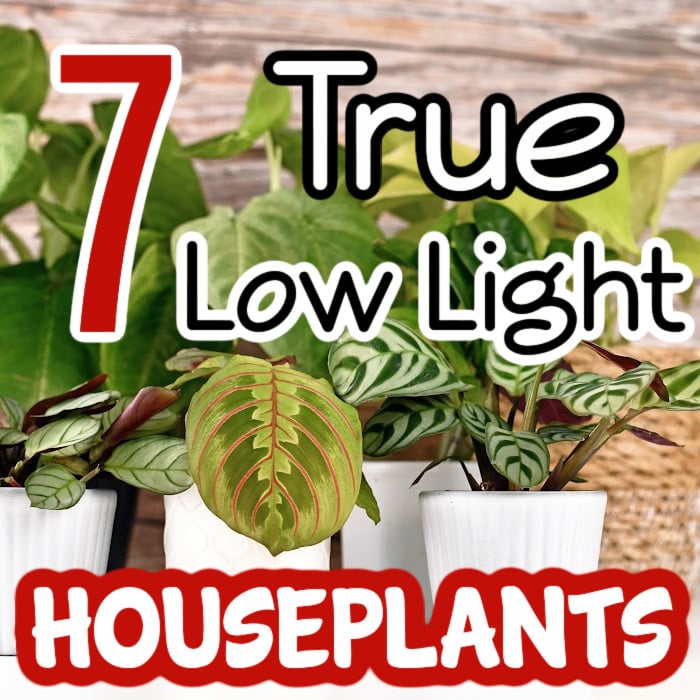The Best Low-Light Indoor Plants You Can Grow Without Natural Light
The Best Low-Light Indoor Plants You Can Grow Without Natural Light
Blog Article
Transform Your Home With Beautiful Low-Light Indoor Plants and Their Advantages
Integrating low-light interior plants into your home can significantly enhance both the environmental and visual quality of your space. These plants, which thrive in dim problems, offer not just as attractive elements yet additionally as all-natural air purifiers, making them excellent for city occupants or those with minimal sunshine exposure. As we explore the different types of low-light plants and their benefits, you might discover shocking ways to integrate them right into your home that can transform your surroundings in methods you may not have anticipated.
Advantages of Low-Light Plants
Low-light plants offer numerous benefits for indoor settings, making them an excellent selection for both newbie and seasoned garden enthusiasts. Among the key benefits is their adaptability to low-light problems, enabling individuals to enhance their living rooms without the requirement for comprehensive sunlight direct exposure. This characteristic makes them suitable for apartments, workplaces, and other areas with minimal natural light.

In addition, including low-light plants right into home decoration can raise the visual allure of a room. Their lush foliage and varied structures produce a soothing ambience, adding to overall well-being. Lastly, the presence of greenery has been linked to decreased anxiety degrees and improved efficiency, making low-light plants a functional selection for boosting both psychological and physical health and wellness in interior settings.
Leading Low-Light Indoor Plants
While numerous interior plants flourish in bright light, numerous types are specifically appropriate for low-light problems, making them suitable for various indoor rooms. One prominent choice is the Snake Plant (Sansevieria), recognized for its striking upright leaves and durability, calling for minimal treatment. Another outstanding alternative is the Pothos (Epipremnum aureum), which features heart-shaped leaves and can route perfectly from shelves or hangers, growing in reduced light and including a lavish touch.
The ZZ Plant (Zamioculcas zamiifolia) is commemorated for its glossy leaves and capability to hold up against overlook, making it best for active lifestyles. The Peace Lily (Spathiphyllum) not only tolerates reduced light but likewise creates sensational white flowers, improving any kind of room's aesthetic.
For a distinct touch, think about the Cast Iron Plant (Aspidistra elatior), which certainly measures up to its name, prospering in the darkest corners of your home. Finally, the Chinese Evergreen (Aglaonema) uses a range of leaf patterns and colors while being exceptionally forgiving in low-light conditions. These plants not only improve interior atmospheres but also add to air filtration, boosting your space.
Care Tips for Low-Light Plants

Watering techniques are critical; these plants commonly choose a little dry problems. Overwatering can bring about root rot, so make sure that the top inch of soil is completely dry before sprinkling again. Use pots with water drainage holes to enable excess moisture to get away.
Humidity is one more important aspect. Many low-light plants, such as brushes and tranquility lilies, gain from greater moisture levels. To boost moisture, think about misting the fallen leaves or placing a tray of water near the plants.
Fertilization needs to be approached with care. Throughout the growing season, utilize a diluted, balanced liquid fertilizer every month to support growth, yet stay clear you could look here of fertilizing during the dormant cold weather.

Innovative Ways to Display Plants
Indoor plants can function as captivating prime focus in any kind of space, enhancing both visual appeal and atmosphere. Innovative screens can boost the aesthetic impact of low-light plants, making them an important component of your home decoration. One reliable approach is to use tiered plant stands, which allow you to showcase multiple plants at varying heights while making best use of flooring room.
Hanging planters are an additional innovative option, creating a feeling of deepness and attracting the eye up. Take into consideration macramé wall mounts or wall-mounted racks to introduce a special structure and style.
For a more structured approach, usage geometric terrariums or glass containers to house your plants, adding a contemporary touch to your interior yard. You can likewise repurpose vintage products, you could try this out such as teacups or wood cages, for an eclectic display screen that mirrors your character.
Enhancing Home Ambiance With Plants
Incorporating low-light plants right into your home not just improves visual allure however also adds significantly to the overall setting. These plants work as natural style aspects, introducing a feeling of serenity that can transform any kind of space. The existence of plant promotes a calming ambience, which is especially useful in high-stress environments such as home workplaces or living areas.
Low-light plants, such as serpent plants, pothos, and ZZ plants, are not only cosmetically pleasing however additionally enhance indoor air high quality by filtering contaminants. This dual function boosts the atmosphere better, producing a much healthier home (Best low-light indoor plants). The tactical placement of these plants can additionally influence the understanding of room; as an example, tall plants can attract the eye up, making ceilings show up higher and areas much more sizable
Additionally, differing textures and colors of vegetation include depth to indoor design, permitting imaginative expression in home designing. Whether placed on shelves, in edges, or as focal points, low-light plants can elevate the state of mind of any type of room. In summary, integrating these plants right into your home is an efficient means to foster a warm, inviting environment while gaining the advantages of boosted air high quality and visual flexibility.
Final Thought
Including low-light interior plants right into home settings offers various advantages, consisting of boosted visual allure and boosted air top quality. These resistant plants, such as the Serpent Plant and Tranquility Lily, call for marginal light and upkeep, making them ideal for varied way of livings. Their capacity to filter toxins adds to a much healthier space, while their varied textures and shades improve indoor decoration (Best low-light indoor plants). Inevitably, the incorporation of low-light plants cultivates a calm and weblink welcoming atmosphere, transforming any home into a relaxing oasis.
While numerous interior plants prosper in bright light, several varieties are especially well-suited for low-light problems, making them suitable for various interior areas. One effective technique is to use tiered plant stands, which permit you to showcase numerous plants at varying elevations while optimizing floor space.
Low-light plants, such as snake plants, pothos, and ZZ plants, are not just visually pleasing yet likewise boost indoor air top quality by filtering toxins. Best low-light indoor plants. The tactical positioning of these plants can also affect the assumption of area; for instance, tall plants can attract the eye upward, making ceilings appear greater and areas much more sizable
These resilient plants, such as the Serpent Plant and Tranquility Lily, need marginal light and maintenance, making them appropriate for varied lifestyles.
Report this page